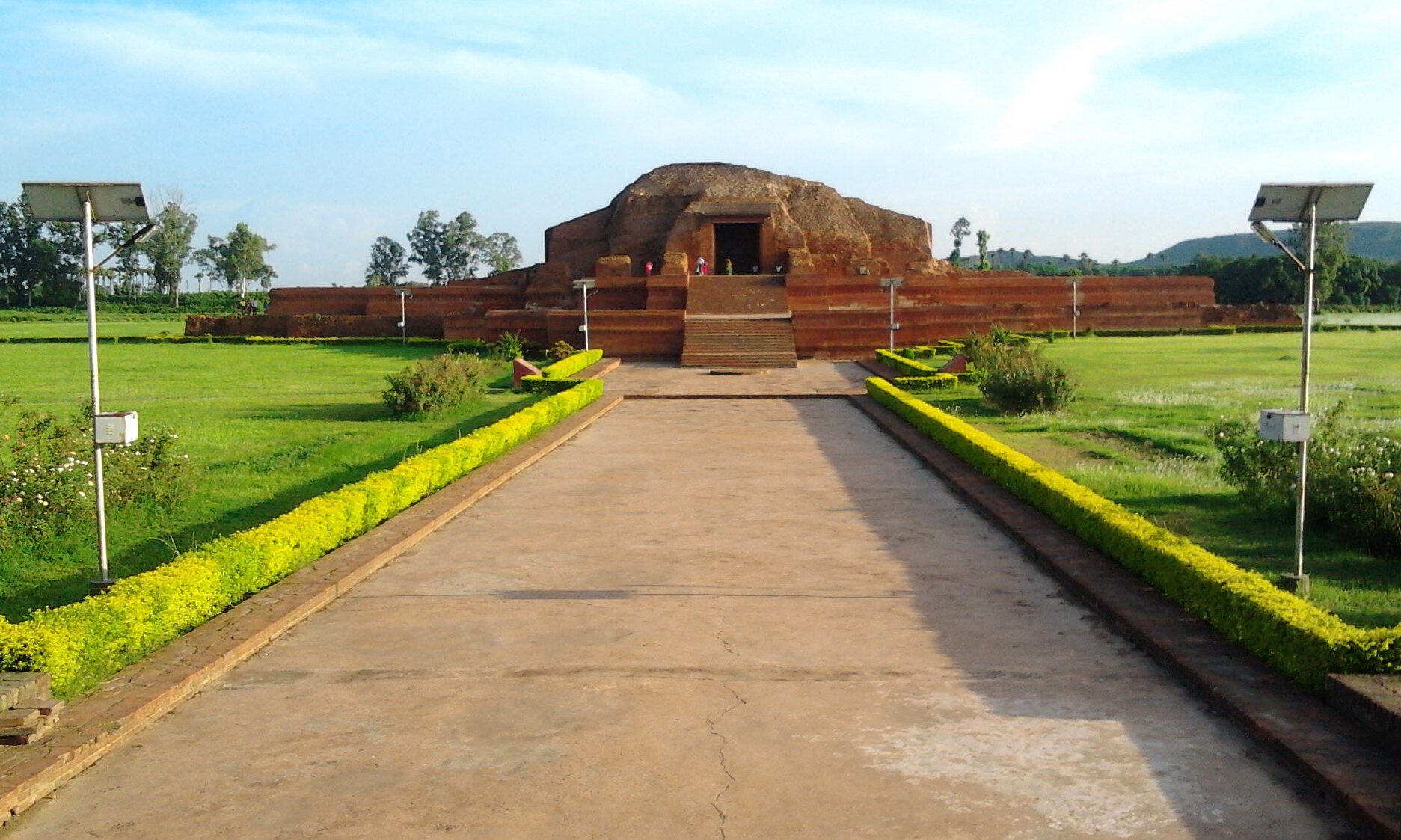Neel-kothi is a historical place and it is located at the heart of the city of Rajmahal. It was built by Englishman on 24 September 1796 to process and storage of Neel (Indigo) used for dying cotton cloth;
During British time, Rajmahal became part of the British program for an indigo cultivation. Those indigo fields are probably being used for growing rice, dals, other cereals and even mustard.
Neel Kothi, RajmahalNil Kothi is situated at the banks of Ganga around 1 kms from the railway station in 'Kasimbazar' area. Unfortunately this place is acquired by a local person, so we cannot go inside of this warehouse but still we can go and visit the place and surroundings.
The structure has big wooden gates. There are few places in the building where the similar kind of gates are carved and painted on the wall (they are not actual wooden gates). This probably tells about the place that the warehouse was feared to be att…



















